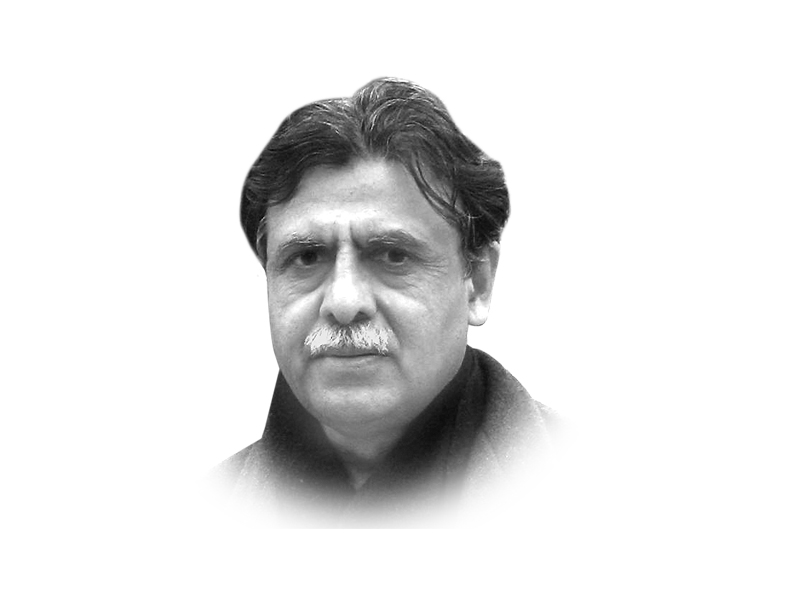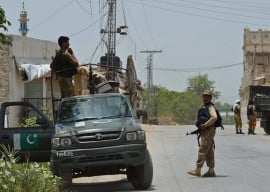
The phenomenon of ethnicity has evoked some keen interest with regard to the bearing it has on evolving political cultures the world over. Its role is all too well known in the collapse of the Soviet empire. As a distinct social marker, it is based on linguistic characteristics, race-based proclivities, geographic proximity, and at times, faith-based persuasions. Muslims, for instance, have multiple identities in terms of their racial origin, linguistic disposition and geographic identity, but are prototyped in terms of their faith-based dispositions. The vast majority of them are law-abiding and tolerant but certain vocal sections in the West wish to see them through the lens of radicalism and violence alone.
Migratory movements, therefore, work as conveyor belts in shaping the demographic mix in a society. These movements, over time, provide mobility and circulation to migrants and on occasion cause turbulence in areas where they are likely to resettle. Migrants are driven either by the compulsion of their survival or by economic motivation. On both counts, they display exceptional skills for their re-socialisation at the new place while continuing to live with their old orientations acquired from their original settings. The host countries also benefit in this regard in more than one way. The journey of the West from manufacturing to a knowledge-based economy was made possible by attracting the best talent from all over the world. Expatriates have contributed as much to the success of Nasa and the Silicon Valley as white Americans have. Contracting economic opportunities in the West, the rise of the alt-right, poorly pursued social policies and profiling of minorities have created a crisis of a fairly serious nature.
The subcontinent witnessed one of the largest cross-border migrations some 70 years back. A change in the political configuration of this part of the world resulted in migratory movements based on religious grounds although these movements also occurred on the basis of variants of language, race and geography. Migrants converging in Sindh from different parts of India were driven by their collective consciousness, shared history, and future hopes and fears to constitute a distinct entity while their counterparts in Punjab and rest of the country became part of the local mainstream in political and social terms.
In the US, the early years of colonisation coincided with migratory waves from western Europe. In the 20th century, these waves covered a broad canvas as migration from Asia and the Near East also became part of the process. The pressure that immigrants have now come under isn’t something new as there had been similar enactments in the late 19th and early 20th century to check the resettlement of Chinese. The 9/11 incident and its aftermath changed everything as security perceptions weighed in as heavily as economic compulsions. Special laws, like the Patriot Act, were put in place and 14 different departments were merged into the homeland security department in this regard. With an anti-immigrant narrative gaining ground, there is the likelihood of a new turf war starting between the federal law-enforcement agencies and Latino and Democrat-dominated municipal governments of major urban habitats.
The anti-immigrant narrative has also had an impact across Europe with the UK being the latest casualty in the form of the Brexit verdict. The alt-right is flexing its muscles in France, Germany and many other European countries. The fear syndrome, spawned by spin doctors, is gaining ground where the majority and the minority both feel threatened by each other.
Historically speaking, migratory waves on balance have contributed to the strength and richness of host countries. Malaysia, despite its innate ethnic tensions, boasts of an entrepreneurial Chinese population that has been at the helm of the country’s economic and industrial domain. This led to long-term political arrangements to safeguard the economic rights of local Malays through affirmative action.
On a personal note, I recall the role of migrants from the subcontinent in the life and culture of East African countries where I spent my childhood years. Likewise, the US is no exception. In the late 1980s, while on a study tour, I visited a specialty cancer hospital in the state of Kentucky along with a group of civil servants belonging to different countries. To my pleasant surprise, we were informed that out of 70 specialists in the hospital, 26 were of Pakistani descent. On asking whether they were good at what they did, the hospital administrator responded that was the reason why they had been employed there.
This brings us to the key question: What should be the institutional response of Muslim expatriates to the lurking uncertainty they face? Muslims as a group need to consistently reach out to the wider community and adopt a proactive lifestyle in order to become part of the mainstream. There is nothing in Islam which stops them from doing so. Community-based groups need to play a more assertive role to bridge gaps and isolate and nip elements hostile to peace, tranquillity and a worldview based on tolerance. A beginning has to be made without much further ado.
Published in The Express Tribune, December 29th, 2016.
Like Opinion & Editorial on Facebook, follow @ETOpEd on Twitter to receive all updates on all our daily pieces.































1714024018-0/ModiLara-(1)1714024018-0-270x192.webp)









COMMENTS (1)
Comments are moderated and generally will be posted if they are on-topic and not abusive.
For more information, please see our Comments FAQ